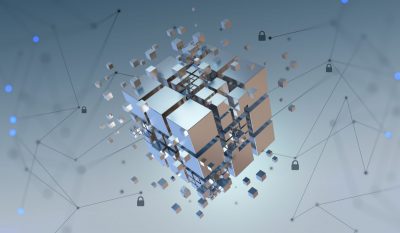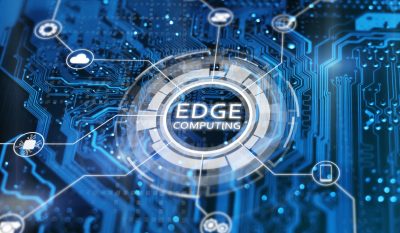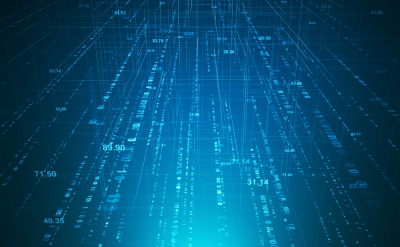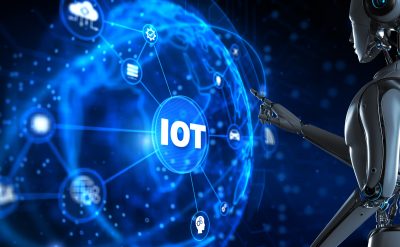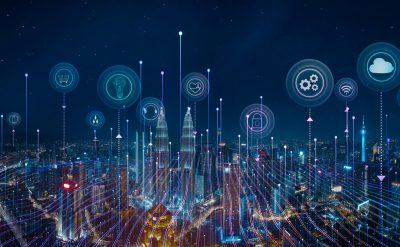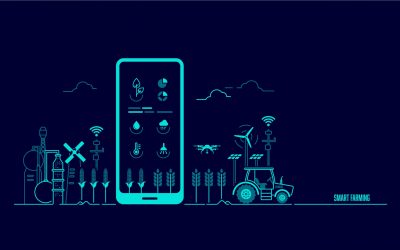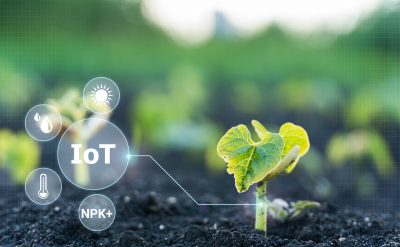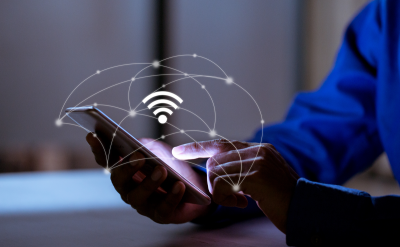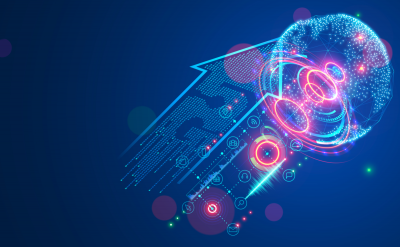The Internet of Things (IoT) is tremendously gaining popularity among other emerging technologies. Businesses are actively adopting the IoT technology to achieve constant growth and, thus, the need for high-quality IoT platforms is growing rapidly.
The IoT involves the setting up of a distributed network made of multiple physical systems consisting of embedded software, sensors, and connectivity options to collect and share data with each other and with the central platform through the internet.
According to a report by Juniper, the number of IoT devices in 2021 was about 46 billion, which are assumed to cross 75 billion devices by 2025. Of all, manufacturing, corporates or businesses, and healthcare are the top industries that use IoT technology.
The emergence of IoT platform
An IoT platform acts as a middleman between the world of physical objects and the world of actionable insights. It combines multiple tools and functionalities that enable users to develop unique hardware and software products to collect, store, analyze, and manage the huge amount of data generated from connected devices.
IoT development tools and platforms are considered to be the most important element of the IoT ecosystem. Every IoT gadget allows connection to other IoT gadgets and apps that provides data utilizing standard IPs.
IoT platforms help bridge the gap between data networks and device sensors. They connect the sensor system with the data and provide back-end apps information to make sense of adequate data created by several sensors.
There are plenty of IoT app development tools and platforms available in the market that can fulfil the increasing demand for IoT.
Now that we know what an IoT platform is, let’s discuss the types of IoT platforms in detail.
Forms of IoT platforms
Several types of IoT platforms can be used to design an IoT product –
- Hardware development platforms
This type of platform provides physical development boards to create IoT devices, including microcontrollers, Systems on Chip (SoC), microprocessors, Systems on Module (SoM).
- App development platforms
Such a platform serves as an integrated development environment (IDE) with tools and features for coding applications.
- Connectivity platforms
This platform enables communication technologies to connect physical objects with the data center (on-premise or cloud) and circulate information between them. MQTT, AMQP, DDS, ZigBee, WiFi, Bluetooth, Cellular, and LoRaWAN are well-known connectivity protocols and standards for the internet of things.
- Analytics platforms
This platform uses intelligent algorithms to analyze collected information and transform it into actionable insights for customers.
- End-to-end IoT platforms
This platform covers all aspects of IoT products, from development and connectivity to data management and visualization.
Top 5 IoT platforms
The IoT technology will evolve with time, making businesses look for the best IoT product solutions. IoT development tools keep track of IoT applications spread across various networks and require a medium to manage various upgrades to check how app alterations impact hardware responses.
Following are some of the best IoT development platforms that can help businesses manage their IoT functions smoothly –
1. Google Cloud IoT platform
This is one of the world’s best leading IoT platforms. Google built this platform for the IoT development tolls based on its end-to-end Google Cloud Platform. In collaboration with the cloud, Google offers various services such as advanced data analytics, business process optimization, and a completely managed infrastructure.
2.Cisco IoT Cloud connect
Cisco IoT Cloud connect was formed especially as an offering for mobile operators. Cisco provides reliable IoT hardware, gateways, routers, and other devices. Powerful industrial solutions, edge computing, high-level security, centralized connectivity, and data management are the main features of Cisco IoT Cloud Connect.
3. Salesforce IoT cloud
Salesforce IoT cloud platform specializes in dealing with customer relationship management and can very well address these segments with the help of IoT solutions.
The platform collects all the necessary information on a continuous basis through connected devices while delivering personalized experiences and forming stronger customer relations. It works parallel with Salesforce CRM (Customer Relationship Management), where information from connected assets is delivered directly to the CRM system to harness context-based actions immediately.
For example, if sensors find any fault in the factory, it gets reported directly in the CRM dashboard while manufacturing any product. In this case, the system can manage to manipulate parameters accordingly or create a service ticket.
4. IRI Voracity
IRI Voracity is an all-in-one data management platform that allows monitoring of data at every stage of business processes. The working of IRI voracity is based upon two engines, IRI CoSort and Hadoop, to process Big Data. It enables users to govern, discover, integrate, transform, analyze and migrate data from different sources in formats such as Unix, Linux or ISAM, MongoDB, Windows file systems, LDIF, HIVE, PostgreSQL, JSON, S3, MQTT, Kafka, and more.
5. Particle
Particle offers an edge-to-cloud IoT platform for global connectivity and device management, as well as hardware solutions, including production modules, hardware solutions, and asset tracking teams. The remarkable point about the Particle platform is it can easily integrate with third-party services providing professionals end-to-end services and developing products from concept to production.
Choosing the right platform
It’s difficult to suggest as no single platform is best suitable for any digital project. The choice will depend on the requirements of a business.
Many organizations are likely to shift to tech giants such as Amazon or Microsoft as their choice for cloud services. They are not just the popular service providers but also the most expensive ones. On the other hand, small companies are looking for more cost-efficient options that can easily fit their requirements.
While opting for a provider, one should consider the technical capabilities of a platform, industry-specific features, its partner ecosystem, and the provider’s reputation. These features should abide by the company’s strategy and budget too.
To read more on the Internet of Things and similar technologies, please visit our whitepapers here.





